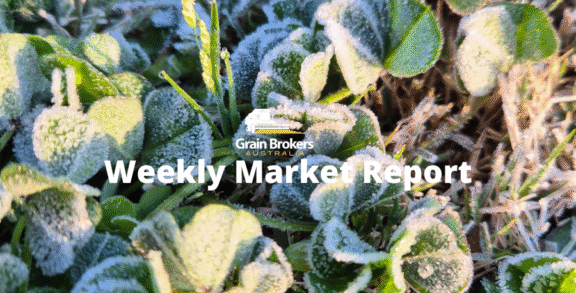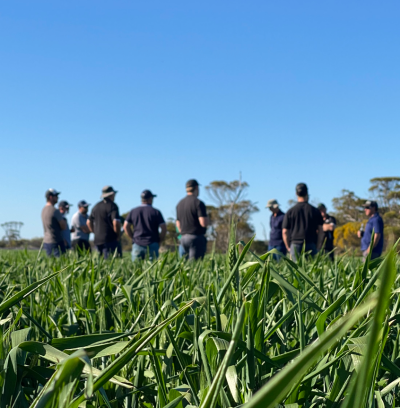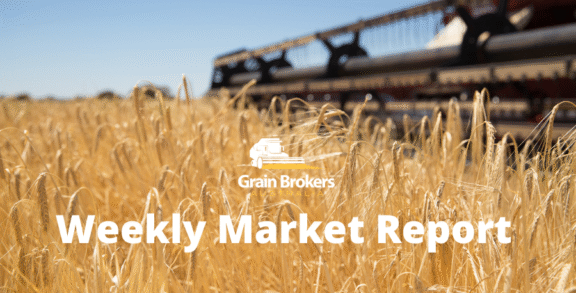
Iranian authorities have turned to cloud seeding in an effort to induce much-needed precipitation as the nation battles an unprecedented drought that is now in its sixth year. The prolonged dry has pushed water levels in many of the country’s reservoirs to record lows, jeopardising drinking water, industrial output and food production.
The Islamic Republic of Iran Meteorological Organisation recently reported that rainfall across the country had decreased by about 89 per cent compared to the long-term average, making this autumn the driest Iran had experienced in the past 50 years.
Steadily decreasing precipitation levels have combined with excessive water consumption, particularly in agriculture, extensive unauthorised groundwater extraction, and a weakness for prestigious but faulty engineering projects, leading to extreme water shortages across the country.
The nation’s capital, Tehran, received only 158 millimetres of rainfall last year, 42 per cent below the long-term average. Five major dams that supply drinking water to Tehran are reportedly at critical levels, with one empty and another at less than 8 per cent of capacity.
Shina Ansari, Iran’s vice-president and head of the government’s Environmental Protection Agency, recently said that “Iran is located in the so-called dry belt of the Earth, and we have faced challenges for a long time, but over the past three decades the temperature has risen by 1.8 degrees Celsius and over the past five years there has been a 30 per cent reduction in rainfall.”
According to Abbasali Keykhaei, of the Iranian Water Resources Management Company, 19 major dams nationwide had effectively run dry by the end of October, representing around 10 per cent of the country’s water storage capacity. The water level in another 19 dams now sits below 15 per cent.
The cloud seeding process, which has been used in Iran for many years, involves the spraying of chemical salt particles, such as silver or potassium iodide, into clouds from aircraft to stimulate the release of moisture as rainfall. The first seeding operation of the season was reportedly conducted on November 15 over the Urmia Lake basin in the north-west of the country, close to the border with Turkiye.
Urmia, the nation’s largest lake, has dried out and been reduced to a vast salt bed due to the drought. Just two decades ago, Lake Urmia was the largest lake in the Middle East, and the surrounding economy thrived with hotels and restaurants catering to tourists. Now, boats sit rusted and stranded on the dried lakebed.
The irrigated agricultural land around the lake, which totalled about 300,000 hectares in the late 1970s, has now expanded to more than 700,000 hectares. To irrigate this vast expanse of farmland, around 4.5 to 5 billion cubic metres of water are needed annually. But the region’s water yield is less than 4 billion cubic metres, a significant proportion of which is lost to evaporation.
In other parts of the country, overextraction of groundwater is a critical issue, according to Issa Kalantari, a former agriculture minister who has been warning Iran of the coming crisis for 20 years. “In the Isfahan city basin, we extract 1.1 billion to 1.2 billion cubic metres of water annually from the earth and use it for agriculture.” This excessive groundwater extraction has contributed greatly to the growing land subsidence issues in and around Isfahan.
Substantial groundwater reserves are also being drained by thousands of illegal wells, particularly in the more mountainous regions. Iran has around eight million hectares of irrigated land, and there are reportedly as many as one million wells, many of which are unauthorised, that go as deep as 200 metres to tap the groundwater reserves.
Tackling the challenge of food production amid declining water resources is critical. Agriculture accounts for around 88 per cent of the nation’s water consumption but only produces around 12 per cent of the country’s GDP. Reducing the amount of water allocated to farmers is under consideration, with some government officials stating that it should be halved to 40 billion cubic metres per annum.
Other key focal points include upgrading of irrigation systems and equipment to reduce water loss and improve water-use efficiency, as well as persuading farmers to decrease the planting of high water-dependent crops such as rice and watermelons. Abandoning the nation’s goal of food self-sufficiency may be the ultimate price.
Meanwhile, this year’s wheat harvest suffered severely due to the drought conditions. According to the United States Department of Agriculture, production fell from 16 million metric tonne last year to 13.5MMT this year. However, Ataullah Hashemi, head of the National Syndicate of Iranian Wheat Farmers, said back in August that output had fallen by 5MMT to 11MMT, with government purchases falling by 4.4MMT, or 36 per cent, to 7.6MMT.
Hashemi expects Iran’s wheat imports will need to be around 4.5MMT in the year ending in March 2026 to meet domestic demand, which is expected to increase to around 17MMT. This compares to the USDA, which pegged this season’s imports at 3MMT, up from 1.2MMT in the previous corresponding period. At the beginning of this year’s harvest, back in April, Iran’s agriculture ministry warned that the country could be forced to import up to 6.0MMT of wheat this calendar year to meet growing domestic demand.
According to the USDA, feed grain output was not as severely impacted by the drought, with barley production falling from 3.1MMT to 3.0MMT and the corn crop unchanged at 1.4MMT. The USDA increased Iran’s feed grain consumption to 16.4MMT in its November update, compared to 16.6MMT a season earlier. The domestic deficit is expected to be satisfied with corn and barley imports of 9.5MMT and 5.2MMT, respectively, compared to 9.8MMT and 5.3MMT last season.
Call your local Grain Brokers Australia representative on 1300 946 544 to discuss your grain marketing needs.
Written by Peter McMeekin.





